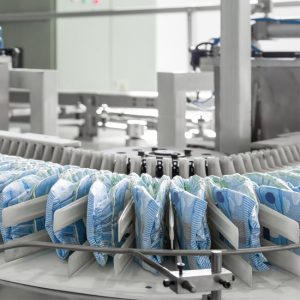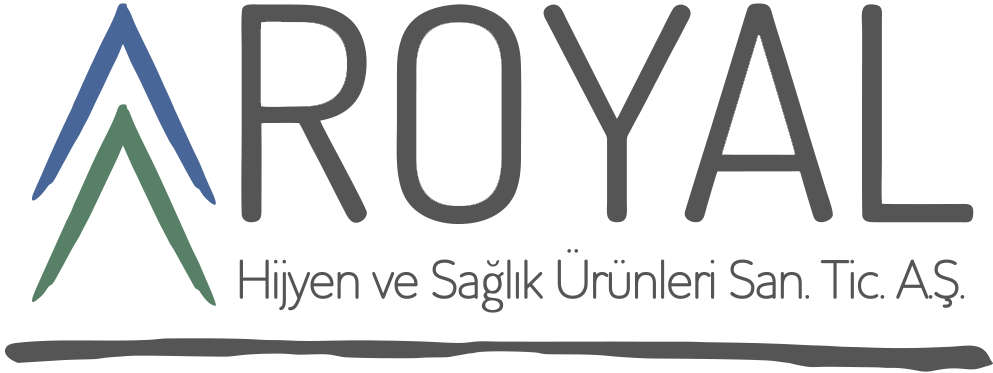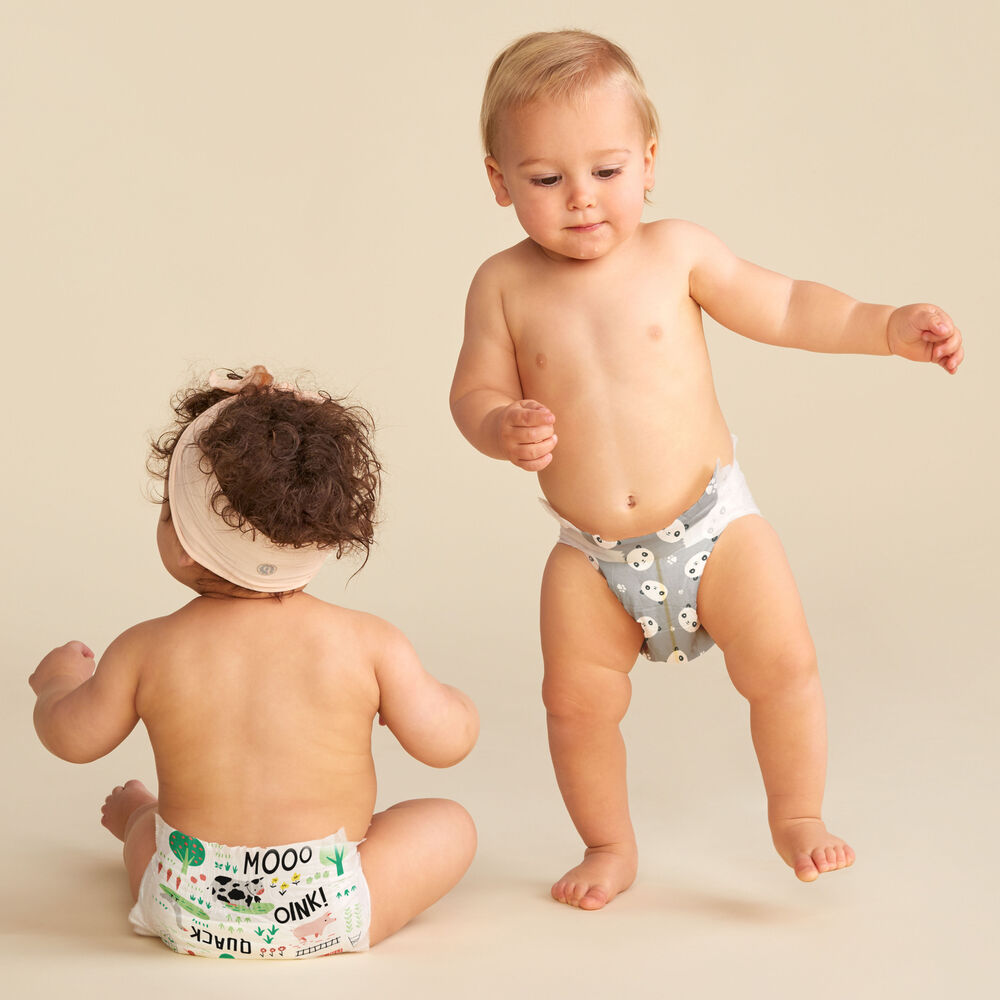Global Baby Diapers Market Trends and Opportunities
The global baby diapers market continues to evolve rapidly, driven by innovation, increasing awareness of infant hygiene, and changing consumer lifestyles. Parents worldwide are actively seeking high-quality, reliable, and eco-friendly options for their babies. This growing demand has created significant opportunities for both established brands and emerging players in the industry. In this article, we explore the market trends, regional differences, and growth prospects that shape the global baby diapers sector.
Baby Diapers Market Growth in 2025
The baby diapers market is projected to witness steady growth in 2025, fueled by increasing birth rates in emerging economies and the rising disposable income in developed nations. Consumers now prioritize comfort, absorbency, and skin-friendliness, which drives innovation in materials and design.
Moreover, the surge in e-commerce platforms allows brands to reach parents directly, enhancing market penetration. Subscription-based diaper services are gaining popularity, offering convenience and consistent product availability. These services play a key role in expanding the market, particularly in urban areas where parents seek time-saving solutions.
Manufacturers are also investing in sustainable alternatives such as biodegradable diapers and reusable cloth options. This shift toward eco-conscious products is not just a trend but a long-term market driver, aligning with global sustainability goals.

Key Market Drivers
- Rising awareness of infant health and hygiene.
- Growth in dual-income households seeking convenience.
- Innovations in absorbent technology and skin-friendly materials.
- Expansion of online retail and subscription models.
These factors collectively push the baby diapers market forward, making 2025 a pivotal year for industry growth.
Key Differences Between Turkish and Chinese Baby Diapers
While the global baby diapers market shows uniform growth, regional differences in product quality, pricing, and consumer preferences remain notable. Comparing Turkish and Chinese baby diapers highlights these distinctions.

Quality and Safety
Turkish diapers often emphasize skin-friendly materials and dermatological safety, appealing to parents seeking premium options. Chinese diapers, on the other hand, focus on affordability and mass production, though some brands are improving their quality standards.
Absorbency and Comfort
Turkish diapers generally offer superior absorbency and ergonomic designs tailored to infants’ comfort. Chinese diapers provide basic protection and convenience, which appeals to cost-conscious consumers.
Market Trends
In Turkey, premium diaper sales are increasing due to higher consumer spending, while in China, both budget and mid-range diapers dominate the market. The diversity of the Chinese market also promotes local innovation and technological enhancements in diaper manufacturing.
| Feature | Turkish Baby Diapers | Chinese Baby Diapers |
|---|---|---|
| Material Quality | High-quality, skin-friendly | Cost-effective, standard materials |
| Absorbency | Superior, long-lasting | Moderate, basic protection |
| Price Range | Premium pricing | Budget to mid-range |
| Market Focus | Urban, health-conscious parents | Mass market, affordability |
| Innovation | Biodegradable, ergonomic designs | Rapid production, technological tweaks |
Understanding these differences helps global investors and brands strategize their market entry effectively.
Consumer Behavior and Preferences
Modern parents increasingly evaluate diapers beyond basic functionality. Comfort, hypoallergenic properties, and eco-friendliness significantly influence purchase decisions.
- Convenience: Parents favor products that are easy to change and maintain hygiene.
- Subscription Services: Regular deliveries save time and ensure consistent availability.
- Sustainability: Biodegradable diapers attract environmentally conscious buyers.
- Brand Loyalty: Trusted brands with proven safety records often gain repeat customers.
Consumer behavior varies across regions. In Europe and North America, eco-friendly products see higher demand, whereas in emerging markets, price sensitivity dominates purchasing choices.
Innovations Driving the Baby Diapers Market
Innovation continues to redefine the baby diapers market. Leading manufacturers focus on improving comfort, absorbency, and sustainability.
- Smart Diapers: Embedded sensors now detect moisture levels, alerting caregivers via smartphone apps. This technology minimizes skin irritation and reduces diaper rash incidents.
- Eco-friendly Materials: Bamboo, organic cotton, and biodegradable polymers gain traction as parents seek environmentally responsible options.
- Enhanced Absorbency: Multi-layered absorbent cores improve leakage protection and ensure extended use, meeting the demands of working parents.
- Customization: Some brands offer size-adjustable diapers, tailored to a baby’s growth, improving fit and comfort.
These innovations not only boost market growth but also enhance brand differentiation in a competitive landscape.
Regional Market Opportunities
The global baby diapers market presents varying opportunities across regions:
- North America: Premium and eco-friendly diapers see strong adoption. Brand loyalty and high disposable income drive market growth.
- Europe: Sustainability and innovation dominate. Biodegradable and reusable options attract environmentally conscious parents.
- Asia-Pacific: Rising birth rates and growing urban populations create mass-market opportunities. Cost-effective diapers dominate, but premium segments are expanding.
- Middle East & Africa: Increasing awareness of infant hygiene and growing e-commerce adoption support market expansion.
Brands targeting these regions tailor their strategies according to local preferences, regulations, and purchasing power.
Competitive Landscape
The baby diapers market remains highly competitive. Leading global players continuously invest in R&D, marketing, and partnerships.
Major Competitors:
- Procter & Gamble (Pampers)
- Kimberly-Clark (Huggies)
- Unicharm (MamyPoko)
- Ontex (BabyDry)
- Local regional brands
Competition centers on quality, pricing, and brand recognition. Emerging brands leverage social media and influencer marketing to reach digitally active parents.
Distribution Channels and E-commerce Influence
Distribution channels evolve alongside changing consumer behavior. Traditional retail remains essential, but online sales increasingly drive growth.
- E-commerce Growth: Parents prefer purchasing diapers online for convenience, subscription plans, and discounts. E-commerce also allows smaller brands to reach a global audience.
- Retail Partnerships: Collaboration with pharmacies, supermarkets, and baby stores enhances visibility. Promotions and loyalty programs incentivize repeat purchases.
- Omnichannel Strategy: Combining offline and online channels ensures comprehensive market coverage and better customer engagement.
Sustainability and Eco-conscious Trends
Eco-consciousness drives innovation in the baby diapers market. Parents demand products that protect both infants and the environment.
- Biodegradable Diapers: Decompose faster than conventional options, reducing landfill waste.
- Reusable Cloth Diapers: Although requiring washing, these options appeal to environmentally aware consumers.
- Eco-certifications: Products with certifications like FSC, OEKO-TEX, or similar instill trust in sustainability-conscious buyers.
Investing in eco-friendly solutions helps brands stand out while contributing to long-term environmental goals.
Future Outlook
The global baby diapers market will continue its upward trajectory in the coming years. Technological innovation, digital marketing, and sustainability will define the competitive landscape.
Key trends shaping the market include:
- Integration of smart sensors in diapers
- Expansion of subscription-based sales models
- Increased focus on eco-friendly and biodegradable products
- Customized solutions for different age groups and regional preferences
Companies that adapt to evolving consumer expectations, leverage digital platforms, and invest in innovation will thrive.
Frequently Asked Questions
What factors drive the global baby diapers market?
Rising awareness of infant hygiene, growing birth rates in emerging economies, increased disposable income, and innovation in materials drive market growth.
How do Turkish and Chinese baby diapers differ?
Turkish diapers focus on high-quality materials, skin safety, and ergonomic designs. Chinese diapers prioritize affordability and mass-market accessibility, though quality is improving.
What are the latest innovations in baby diapers?
Smart diapers with moisture sensors, biodegradable materials, enhanced absorbency, and adjustable size features represent key innovations.
Which regions offer the best growth opportunities?
Asia-Pacific offers mass-market potential, North America and Europe favor premium and eco-friendly options, and Middle East & Africa show emerging demand for hygiene-conscious products.


